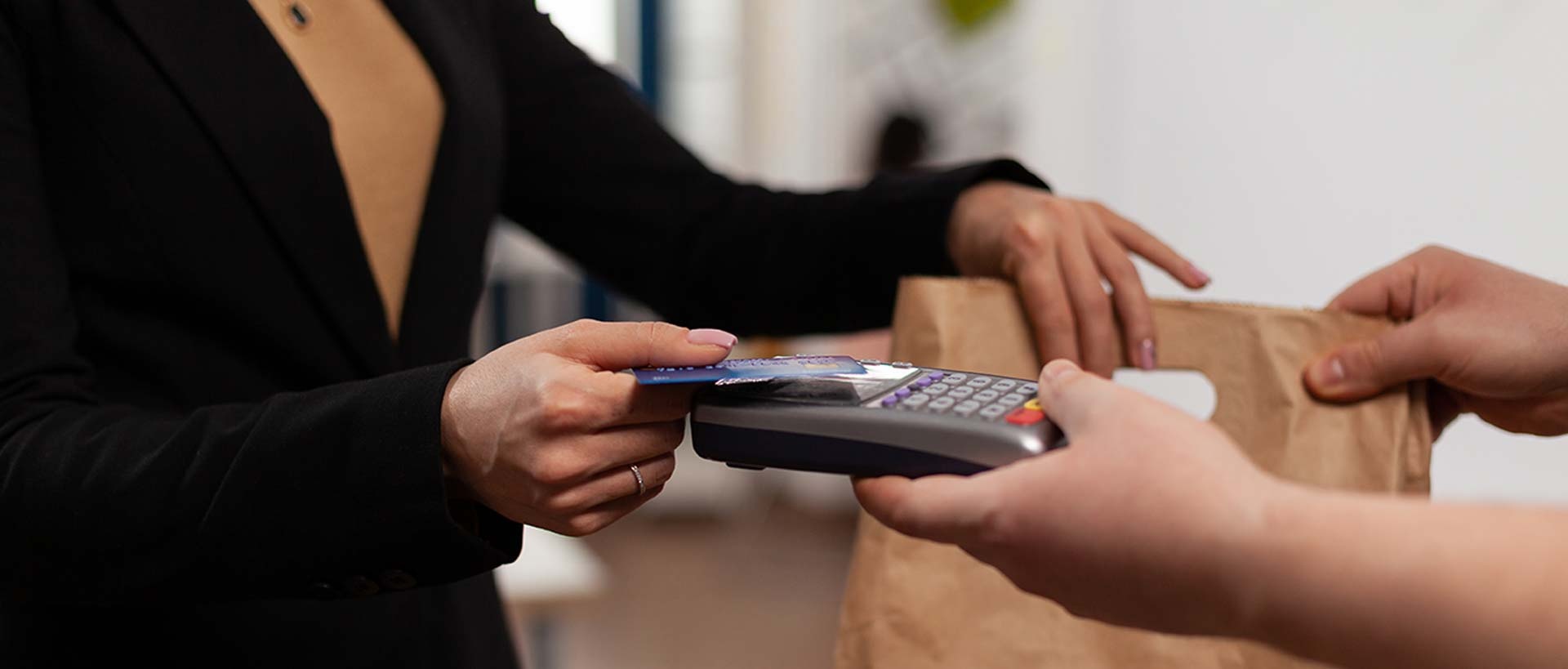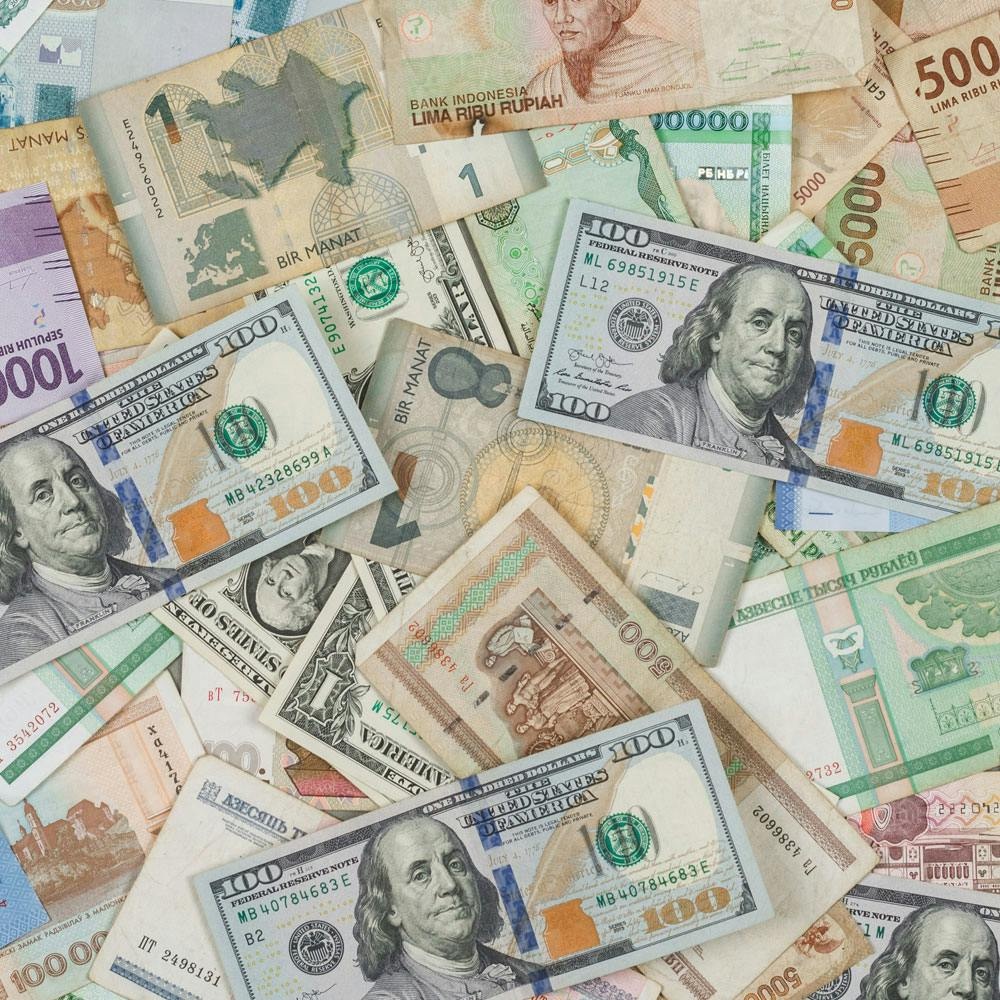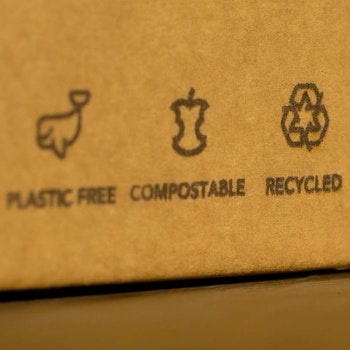
The 6 Rules of Subconscious Reactions to Pricing
Published on: June 13 2023
Decades of research shows financial decision-making often departs from the predictions of models of rational information-processing. The godfather of Behavioral Economics, Daniel Kahneman won the Nobel prize for his work in this field. One of his main discoveries (alongside Amos Tversky) was Prospect Theory(1), which states that the displeasure associated with losing a sum of money is generally greater than the pleasure associated with winning the same amount. For example, if there was a 50/50 chance of either winning $100 or losing $100, and a loss occurred, the accompanying response would be similar to losing $200. This finding stems from loss aversion and refers to how perceived cost of loss is experienced more intensely than an equivalent gain – in fact neuroscience studies have shown that the amygdala, the brain’s fear centre, activates at the very thought of losing money.
What’s clear is that our perception of price is often irrational and subjective, influenced by psychological biases and heuristics rather than objective evaluation. Factors such as charm pricing, odd-even pricing, and the rule of 100 demonstrate how seemingly insignificant price adjustments can significantly impact consumer behavior. Cognitive fluency and the number of syllables in a price also play a role in shaping our perceptions, even when the actual difference in price is minimal. This irrationality stems from our brain's tendency to rely on shortcuts and emotional reactions, highlighting the importance of understanding consumer psychology when crafting pricing strategies.
What’s clear is that our perception of price is often irrational and subjective, influenced by psychological biases and heuristics rather than objective evaluation. Factors such as charm pricing, odd-even pricing, and the rule of 100 demonstrate how seemingly insignificant price adjustments can significantly impact consumer behavior. Cognitive fluency and the number of syllables in a price also play a role in shaping our perceptions, even when the actual difference in price is minimal. This irrationality stems from our brain's tendency to rely on shortcuts and emotional reactions, highlighting the importance of understanding consumer psychology when crafting pricing strategies.
1.Charm Pricing
Charm pricing is a technique that involves setting prices with a left-most digit ending in nine, which creates a psychological impact known as the "left-digit bias." This phenomenon occurs because people are disproportionately influenced by the left-most digit in a price. For example, a price of $599 appears more attractive than $600 because our mind subconsciously rounds it down to $500. Researchers at the University of Chicago and MIT developed this finding further to show that the bias for 9 is so strong, it is capable of outperforming lower prices for the same product(2). Comparing prices for women’s clothing, they found that $39 outperformed $34 by 24%! $39 was more attractive to consumers than $35, even if it was $4 more expensive.
2.Odd-Even Pricing
Odd-even pricing is a similar concept to charm pricing but applied more broadly. This tactic is based on the belief that people are more sensitive to specific ending digits in prices. Odd pricing refers to prices ending in 1, 3, 5, 7, or 8 (e.g., $7.73), while even pricing involves prices ending in whole tenths (e.g., $20.00 or $20.50). Odd pricing is used more frequently as it suggests a better deal, while luxury brands often use even pricing to create a perception of premium quality.
3.Precise Pricing
Precise pricing involves using odd numbers and decimals to make prices more believable. Research shows that prices such as $5988 and $6012 lead consumers to estimate a higher real value for a product compared to a rounded price of $6000. For example, a television priced at $298.37 may appear to offer better value than one priced at $300. Products that require rational comparison may benefit from precise pricing.
4.Rounded Pricing
Rounded pricing is based on the principle of cognitive fluency, which suggests that rounded numbers are processed more easily and quickly by the brain. Fluent, rounded prices keep customers in "easy" mode, while disfluent, complex prices create friction and push customers towards more cognitive effort. Consequently, rounded prices (e.g., $200.00) encourage reliance on feelings, while non-rounded prices (e.g., $198.75) encourage reliance on cognition. Rounded prices are particularly effective for luxury products, as these purchases are often driven by emotion rather than rational analysis. A study by Zhang and Wadhwa in 2015 found that people are more likely to buy a bottle of champagne for $40.00 rather than $39.72 or $40.28(3). The authors explain that emotional purchases are more likely to ‘feel right’ with rounded prices as the purchase is driven by feelings and the price is processed quickly.
Charm pricing is a technique that involves setting prices with a left-most digit ending in nine, which creates a psychological impact known as the "left-digit bias." This phenomenon occurs because people are disproportionately influenced by the left-most digit in a price. For example, a price of $599 appears more attractive than $600 because our mind subconsciously rounds it down to $500. Researchers at the University of Chicago and MIT developed this finding further to show that the bias for 9 is so strong, it is capable of outperforming lower prices for the same product(2). Comparing prices for women’s clothing, they found that $39 outperformed $34 by 24%! $39 was more attractive to consumers than $35, even if it was $4 more expensive.
2.Odd-Even Pricing
Odd-even pricing is a similar concept to charm pricing but applied more broadly. This tactic is based on the belief that people are more sensitive to specific ending digits in prices. Odd pricing refers to prices ending in 1, 3, 5, 7, or 8 (e.g., $7.73), while even pricing involves prices ending in whole tenths (e.g., $20.00 or $20.50). Odd pricing is used more frequently as it suggests a better deal, while luxury brands often use even pricing to create a perception of premium quality.
3.Precise Pricing
Precise pricing involves using odd numbers and decimals to make prices more believable. Research shows that prices such as $5988 and $6012 lead consumers to estimate a higher real value for a product compared to a rounded price of $6000. For example, a television priced at $298.37 may appear to offer better value than one priced at $300. Products that require rational comparison may benefit from precise pricing.
4.Rounded Pricing
Rounded pricing is based on the principle of cognitive fluency, which suggests that rounded numbers are processed more easily and quickly by the brain. Fluent, rounded prices keep customers in "easy" mode, while disfluent, complex prices create friction and push customers towards more cognitive effort. Consequently, rounded prices (e.g., $200.00) encourage reliance on feelings, while non-rounded prices (e.g., $198.75) encourage reliance on cognition. Rounded prices are particularly effective for luxury products, as these purchases are often driven by emotion rather than rational analysis. A study by Zhang and Wadhwa in 2015 found that people are more likely to buy a bottle of champagne for $40.00 rather than $39.72 or $40.28(3). The authors explain that emotional purchases are more likely to ‘feel right’ with rounded prices as the purchase is driven by feelings and the price is processed quickly.
5.Minimize Syllables
A study published in the Journal of Consumer Psychology found that prices with more syllables seem higher to consumers. Commas (e.g., $1,699) and cents after the decimal (e.g., 1699.00) increase the number of syllables and make the price seem higher(4). This effect occurs even when the price is written and not spoken, as our brains use auditory representation when storing price magnitude even when the price is only seen visually.
6.The Rule of 100
The 'rule of 100' is a guideline for framing discounts to make them more attractive to people. For products priced under $100, percentage discounts (e.g., 25% off) feel larger and more compelling than absolute discounts (e.g., $5 off). Instead, for items priced over $100, absolute discounts (e.g., $500 off) appear more substantial than percentage discounts (e.g., 25% off). This rule influences consumer perception of a deal's value and can impact various behaviors related to numerical information.
Conclusion
Understanding the psychological principles behind subconscious reactions to pricing is crucial for marketers who want to create effective marketing strategies. By leveraging these six rules of pricing, you can tailor your pricing strategy for optimum appeal, ultimately leading to increased sales and customer satisfaction.
In a recent interview, Nobel prize laureate Daniel Kahneman was asked, after years of studying the irrational consumer, is he any the wiser when it comes to decision-making. His humble answer was no. If the godfather of Behavioral Economics hasn’t managed to overcome his bias in decision-making, then what chance do the rest of us have? Luckily for us, implicit testing techniques can help to decode the irrational consumer and help us understand the why behind why people buy.
References:
Kahneman, Daniel.. and Tversky, A., 1979. Prospect theory: An analysis of decision under risk. Econometrica, 47(2), pp.363-391.
Anderson, E.T. and Simester, D.I., 2003. Effects of $9 price endings on retail sales: Evidence from field experiments. Quantitative marketing and Economics, 1, pp.93-110.
Wadhwa, M. and Zhang, K., 2015. This number just feels right: The impact of roundedness of price numbers on product evaluations. Journal of Consumer Research, 41(5), pp.1172-1185.
Coulter, K.S., Choi, P. and Monroe, K.B., 2012. Comma N'cents in pricing: The effects of auditory representation encoding on price magnitude perceptions. Journal of Consumer Psychology, 22(3), pp.395-407.
A study published in the Journal of Consumer Psychology found that prices with more syllables seem higher to consumers. Commas (e.g., $1,699) and cents after the decimal (e.g., 1699.00) increase the number of syllables and make the price seem higher(4). This effect occurs even when the price is written and not spoken, as our brains use auditory representation when storing price magnitude even when the price is only seen visually.
6.The Rule of 100
The 'rule of 100' is a guideline for framing discounts to make them more attractive to people. For products priced under $100, percentage discounts (e.g., 25% off) feel larger and more compelling than absolute discounts (e.g., $5 off). Instead, for items priced over $100, absolute discounts (e.g., $500 off) appear more substantial than percentage discounts (e.g., 25% off). This rule influences consumer perception of a deal's value and can impact various behaviors related to numerical information.
Conclusion
Understanding the psychological principles behind subconscious reactions to pricing is crucial for marketers who want to create effective marketing strategies. By leveraging these six rules of pricing, you can tailor your pricing strategy for optimum appeal, ultimately leading to increased sales and customer satisfaction.
In a recent interview, Nobel prize laureate Daniel Kahneman was asked, after years of studying the irrational consumer, is he any the wiser when it comes to decision-making. His humble answer was no. If the godfather of Behavioral Economics hasn’t managed to overcome his bias in decision-making, then what chance do the rest of us have? Luckily for us, implicit testing techniques can help to decode the irrational consumer and help us understand the why behind why people buy.
References:
Kahneman, Daniel.. and Tversky, A., 1979. Prospect theory: An analysis of decision under risk. Econometrica, 47(2), pp.363-391.
Anderson, E.T. and Simester, D.I., 2003. Effects of $9 price endings on retail sales: Evidence from field experiments. Quantitative marketing and Economics, 1, pp.93-110.
Wadhwa, M. and Zhang, K., 2015. This number just feels right: The impact of roundedness of price numbers on product evaluations. Journal of Consumer Research, 41(5), pp.1172-1185.
Coulter, K.S., Choi, P. and Monroe, K.B., 2012. Comma N'cents in pricing: The effects of auditory representation encoding on price magnitude perceptions. Journal of Consumer Psychology, 22(3), pp.395-407.







